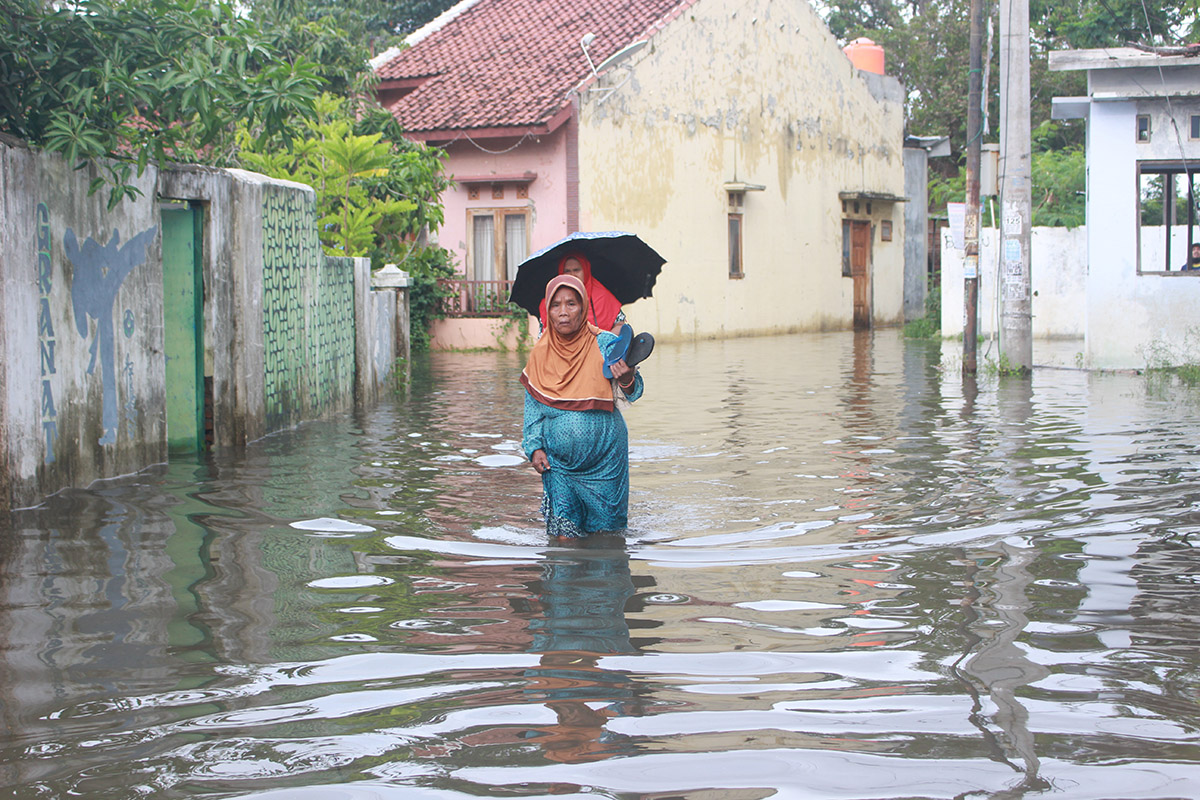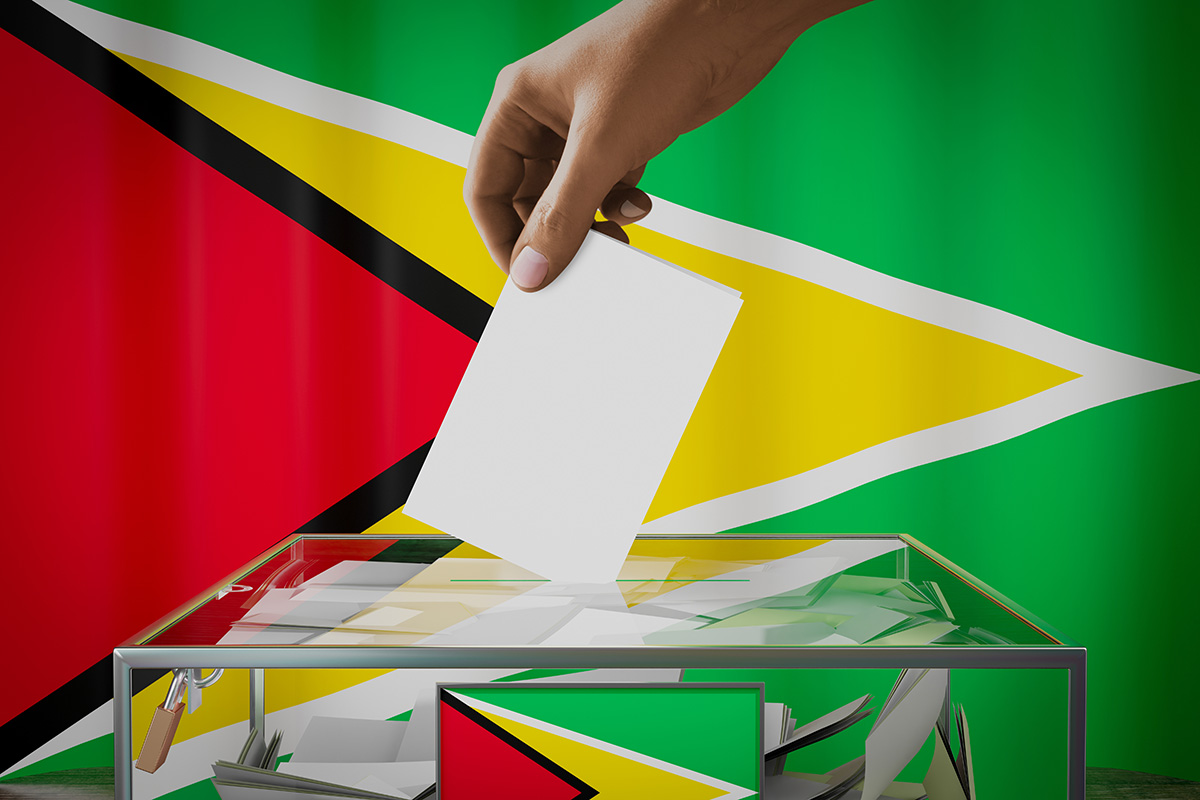Guyana’s Economic Boom: Opportunities, Challenges, and Rising Cost of Living
November 3by Imran Bacchus
As Guyana continues to boom economically since the discovery and production of oil, its GDP has transformed, resulting in a country that was once deemed one of the poorest economies in the Western Hemisphere becoming one of the fastest-growing economies in the world.
The eyes of major developers and investors are set on Guyana as the market becomes a quest for innovation and investment. There are many windows of opportunity for businesses to expand their products and services.
All across the country, major infrastructure and buildings are being constructed for corporate and residential purposes. Moreover, the government has taken the initiative to utilize portions of the oil revenue to advance systems and sectors. In addition, the government has formulated and implemented various measures and policies to improve the cost of living and help elevate the livelihood of every Guyanese, such as cash grants, incentives, vouchers, and reductions in taxes for utilities and various items.
Despite this, many Guyanese, particularly young people, are facing the impact of inflation on the economy. No doubt that the macroeconomic actions by the government are noteworthy. However, more attention needs to be given to the rise in the cost of food, groceries, and other essential items. As such, when the government is considering implementing an initiative for the well-being of the people, they should carefully evaluate the impact of the financial benefits on the relevant households.
Many young Guyanese are struggling to keep up with their daily financial obligations, much less their monthly bills. Whilst many strategies have been created to cushion the high cost of living, it is the regular and average Guyanese who remain at a disadvantage. Prices for transportation from Vreed-en-Hoop to Parika have skyrocketed; fundamental items for day to day survival are at exorbitant rates.
Though the country boasts of its major developments and its current track record of vast accomplishments in its per capita, the poverty margin remains relatively high. It cannot be ignored that the quality and standard of living of Guyanese have certainly improved compared to five years ago, but one has to weigh the present factors based on current conditions and circumstances.
The value of an item in the supermarkets is not the same as it was in the preceding year(s). In like manner, governments’ fiscal and monetary policies should reflect the capability of addressing and mitigating the inflation rate not just at the surface level but at the root level too. Extensive and diligent analysis and examination of the Consumer Perception Index (CPI) should be conducted to determine the effectiveness and potency of fiscal plans and approaches. The drive to compose effective strategies or initiatives to stabilize the volatile economic conditions should not be solely about realizing a political manifesto’s goals or agenda but about taking care of the affairs of the people under one’s care as government.
It can be concluded/concurred that the economy is doing well based on statistical and empirical evidence. Nonetheless, we can do better, thereby achieving a greater livelihood and outcome not for some Guyanese but for every Guyanese. Further, the current inflationary pressures are affecting young people’s purchasing power as their real income cannot match the high expenditure on commodities that should fulfill their needs. Hence, despite many of them having full-time jobs and access to various resources, the sustenance of their livelihood remains hampered by the rise in prices. The Bank of Guyana can impose stricter control over prices through the enactment of effectual monetary policies. Likewise, long-term plans and schemes should be considered instead of short-term grants for more sustainable effects.






